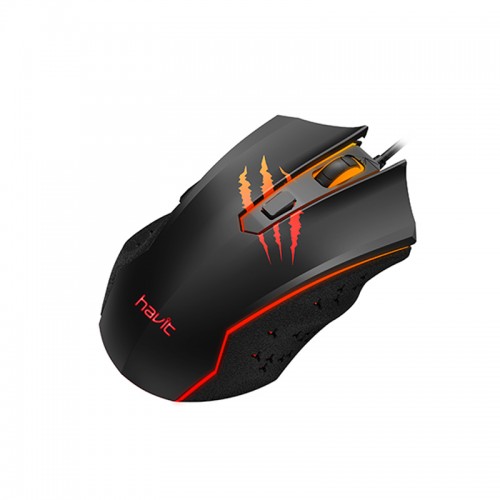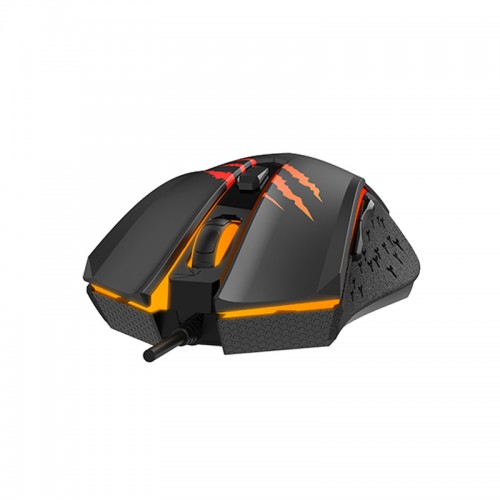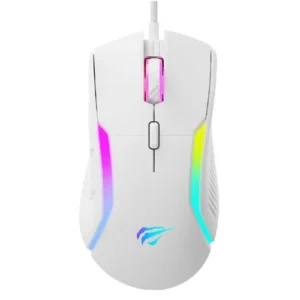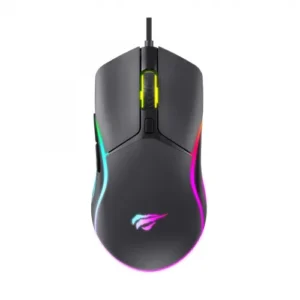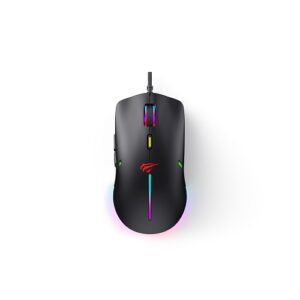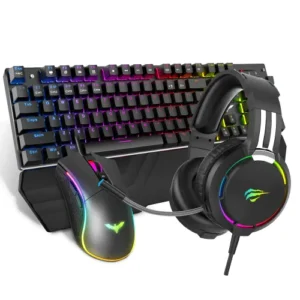Understanding Gaming Mouse Specifications
When selecting a gaming mouse, it is crucial to comprehend the various specifications that can significantly enhance a gamer’s experience. One of the primary considerations is the connectivity type. Gaming mice can be either wired or wireless, each offering unique advantages. Wired mice typically deliver superior performance because they provide a direct connection, ensuring minimal latency. This feature makes them ideal for competitive gaming where every millisecond can influence the outcome. Conversely, wireless mice have significantly improved in recent years, providing nearly the same responsiveness due to advancements in technology, offering gamers greater freedom of movement.
Another essential specification to consider is the resolution setting, commonly referred to as DPI (dots per inch). The DPI setting dictates how sensitive the mouse is to movement, with most gaming mice ranging from 800 to 2400 DPI. A higher DPI allows for faster cursor movement across the screen, which can be beneficial in fast-paced gaming scenarios. However, the optimal DPI often depends on personal preference and the type of games being played. For instance, first-person shooter games may require a higher DPI for swift movements, while real-time strategy games might benefit from a lower DPI for precision control.
Moreover, customizable buttons are a vital component of gaming mice. Typically, a gaming mouse will come equipped with at least six buttons that can be programmed for specific actions or macros. This functionality enables players to execute complex commands or execute quick actions without needing to rely solely on keyboard inputs. Enhanced ergonomic designs and additional features, such as sensitivity adjustments and weight customization, also cater to a gamer’s individual needs, ultimately enriching their gaming experience. Understanding these specifications and features can help gamers choose the right mouse that aligns with their gaming style and preferences.
Physical Specifications and Warranty of Gaming Mice
When selecting a gaming mouse, understanding its physical specifications is essential in ensuring optimal performance and comfort. The typical dimensions of a gaming mouse, such as 126.2 x 72.5 x 41 mm, significantly influence user experience. These dimensions cater to various grip styles, including palm, claw, and fingertip grips, which are crucial for different gaming genres. An appropriately sized mouse can enhance agility and control during gameplay, allowing for better movement precision and reducing fatigue over extended periods.
Equally important is the ergonomic design of the gaming mouse. It’s imperative to choose a model that promotes comfort for prolonged use, particularly for gamers who spend hours in front of their screens. Ergonomically designed mice often feature contours that fit the natural shape of the hand, reducing the chances of strain and repetitive stress injuries. Additionally, many models provide customizable options such as adjustable weights and sizes, allowing users to tailor their gaming setup to their specific comfort and performance needs.
Aesthetics also play a role in gamer preference. Most gaming mice are available in various color options, including classic black, which tends to appeal to a broad audience for its sleek appearance. Some gamers may opt for more vibrant colors or customizable RGB lighting, which enhances their gaming environment and personal style, showcasing individuality alongside performance.
Finally, warranty information is a critical aspect when purchasing a gaming mouse. A standard one-year warranty is not only indicative of the manufacturer’s confidence in the product but also serves as a safeguard for consumers. A robust warranty ensures that customers can seek support for defects or malfunctions, guaranteeing reliability during the anticipated rigorous usage associated with gaming. This warranty consideration can significantly impact overall consumer satisfaction and purchasing decisions.
